Baking Soda Cleaning Grime: Are you tired of battling stubborn grime that just won’t budge, no matter how hard you scrub? I know I am! It feels like a never-ending chore, doesn’t it? Well, what if I told you the secret weapon to sparkling clean surfaces has been sitting in your pantry all along? That’s right, we’re talking about the humble baking soda!
For generations, baking soda has been a go-to cleaning agent, passed down through families as a simple yet incredibly effective solution. Its use dates back centuries, with evidence suggesting ancient Egyptians utilized it for cleaning and even medicinal purposes. It’s a testament to its enduring power and versatility.
In today’s world, where we’re all looking for eco-friendly and budget-conscious ways to keep our homes clean, baking soda cleaning grime offers a fantastic alternative to harsh chemical cleaners. Not only is it gentle on the environment and your wallet, but it’s also incredibly effective at tackling everything from greasy stovetops to grimy bathroom tiles. I’m going to share some of my favorite DIY tricks and hacks using baking soda that will transform your cleaning routine and leave your home sparkling. Get ready to say goodbye to stubborn grime and hello to a cleaner, brighter home, the natural way!
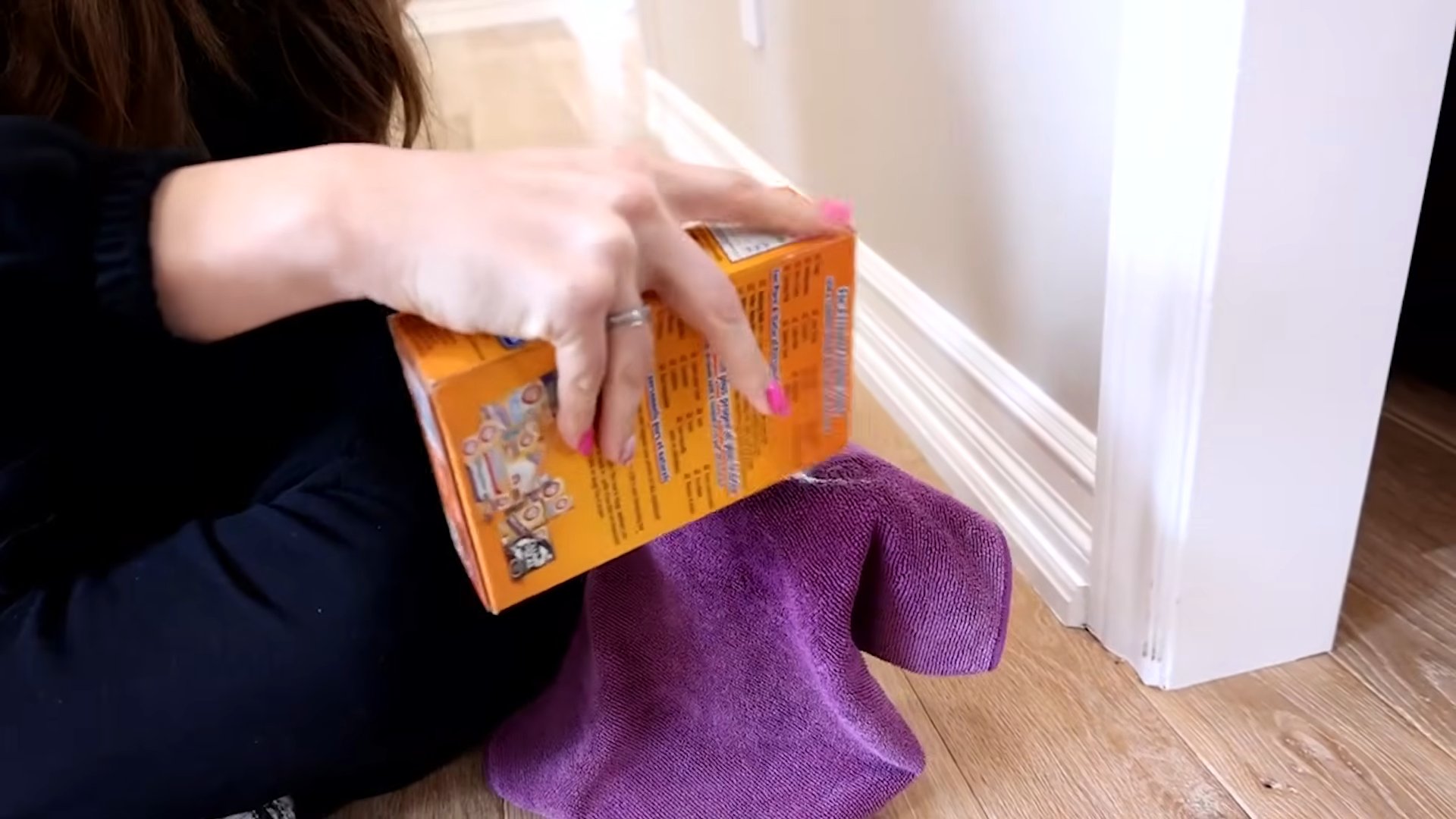
DIY Baking Soda Power: Conquer Grime Like a Pro!
Hey there, fellow DIY enthusiasts! I’m so excited to share one of my all-time favorite cleaning hacks with you: harnessing the incredible power of baking soda to obliterate grime. Seriously, this stuff is a miracle worker, and it’s probably already sitting in your pantry! Forget harsh chemicals and expensive cleaners; baking soda is your new best friend for tackling all sorts of stubborn messes around the house.
What Makes Baking Soda So Awesome?
Baking soda, also known as sodium bicarbonate, is a mild alkali. This means it can react with acids to neutralize them, which is why it’s so effective at removing odors and cutting through grease. It’s also a gentle abrasive, making it perfect for scrubbing away grime without scratching surfaces. Plus, it’s non-toxic and environmentally friendly, which is a huge win in my book!
The Grime-Busting Arsenal: What You’ll Need
Before we dive in, let’s gather our supplies. The beauty of this method is that you probably already have most of these items on hand:
* Baking Soda: The star of the show!
* Water: For creating pastes and solutions.
* White Vinegar: A powerful cleaning partner for baking soda (use with caution – more on that later!).
* Spray Bottle: For easy application of solutions.
* Cleaning Cloths or Sponges: Microfiber cloths are my go-to for most surfaces.
* Old Toothbrush: Perfect for scrubbing tight corners and grout.
* Scrub Brush: For tougher grime on larger surfaces.
* Gloves: To protect your hands, especially if you have sensitive skin.
* Optional: Essential Oils: For a fresh, natural scent (lemon, tea tree, and lavender are great choices).
Tackling Different Types of Grime: A Room-by-Room Guide
Now, let’s get down to business! I’m going to walk you through some common grime hotspots and how to conquer them with baking soda.
Kitchen Grime: The Ultimate Showdown
The kitchen is a grime magnet, but fear not! Baking soda is here to save the day.
Oven Cleaning: No More Harsh Chemicals!
This is one of my favorite baking soda transformations. Forget those awful oven cleaners; this method is natural and effective.
1. Prep the Oven: Remove oven racks and any loose debris.
2. Make a Baking Soda Paste: Mix 1/2 cup of baking soda with enough water to form a spreadable paste.
3. Coat the Oven: Spread the paste all over the interior surfaces of the oven, avoiding the heating elements. Be generous with the really grimy areas.
4. Let it Sit: This is the key! Let the paste sit for at least 12 hours, or even overnight. The longer it sits, the easier the grime will lift.
5. Scrub and Wipe: After the waiting period, use a damp sponge or cloth to scrub away the baking soda paste. You might need to use a bit of elbow grease for stubborn spots.
6. Vinegar Rinse (Optional): For any remaining residue, spray a light mist of white vinegar onto the surfaces and wipe clean. The vinegar will react with any remaining baking soda, making it easier to remove.
7. Final Wipe Down: Wipe the oven clean with a damp cloth.
8. Replace Racks: Put the oven racks back in place.
Stovetop Savior: Banishing Burnt-On Food
Burnt-on food on the stovetop is a common kitchen woe. Here’s how to tackle it with baking soda:
1. Sprinkle Baking Soda: Generously sprinkle baking soda over the affected areas of the stovetop.
2. Add Water: Add a small amount of water to create a paste.
3. Let it Sit: Allow the paste to sit for 15-30 minutes.
4. Scrub Gently: Use a non-scratch scrub pad or sponge to gently scrub away the burnt-on food.
5. Wipe Clean: Wipe the stovetop clean with a damp cloth.
Sink Sparkle: Drains and Surfaces
A grimy sink is no fun. Here’s how to get it sparkling:
1. Clean the Surface: Sprinkle baking soda onto a damp sponge and scrub the sink basin and faucet. Rinse thoroughly.
2. Deodorize the Drain: Pour 1/2 cup of baking soda down the drain, followed by 1/2 cup of white vinegar.
3. Let it Fizz: Let the mixture fizz for 30 minutes.
4. Flush with Hot Water: Flush the drain with hot water for several minutes. This will help to clear any clogs and eliminate odors.
Bathroom Bliss: Conquering Soap Scum and Mildew
The bathroom is another area where baking soda shines.
Shower Power: Soap Scum and Mildew Removal
Soap scum and mildew can be a real pain. Here’s how to tackle them with baking soda:
1. Make a Baking Soda Paste: Mix baking soda with a small amount of water to form a paste.
2. Apply to Affected Areas: Apply the paste to soap scum and mildew stains on shower walls, doors, and grout.
3. Let it Sit: Let the paste sit for 15-30 minutes.
4. Scrub and Rinse: Use a scrub brush or sponge to scrub away the grime. Rinse thoroughly with water.
5. Vinegar Boost (For Stubborn Areas): For stubborn areas, spray with white vinegar after scrubbing and let it sit for a few minutes before rinsing.
Toilet Trouble: Cleaning and Deodorizing
Baking soda can help keep your toilet clean and fresh.
1. Sprinkle Baking Soda: Sprinkle 1/2 cup of baking soda into the toilet bowl.
2. Let it Sit: Let it sit for at least 30 minutes, or even overnight.
3. Scrub and Flush: Scrub the bowl with a toilet brush and flush.
4. For Extra Cleaning Power: Add 1 cup of white vinegar to the bowl along with the baking soda. Let it fizz for 30 minutes before scrubbing and flushing.
Grout Goals: Brightening Up Tile Lines
Grimey grout can make your whole bathroom look dingy. Here’s how to brighten it up with baking soda:
1. Make a Baking Soda Paste: Mix baking soda with a small amount of water to form a thick paste.
2. Apply to Grout Lines: Apply the paste to the grout lines.
3. Let it Sit: Let it sit for 15-30 minutes.
4. Scrub with a Toothbrush: Use an old toothbrush to scrub the grout lines.
5. Rinse Thoroughly: Rinse the grout lines with water.
Beyond the Kitchen and Bathroom: Other Grime-Fighting Applications
Baking soda isn’t just for the kitchen and bathroom! Here are a few other ways I use it around the house:
Deodorizing Carpets and Rugs: Freshen Up Your Floors
1. Sprinkle Baking Soda: Generously sprinkle baking soda over the carpet or rug.
2. Let it Sit: Let it sit for at least 30 minutes, or even overnight.
3. Vacuum Thoroughly: Vacuum up the baking soda. This will help to absorb odors and freshen up your carpets and rugs.
Cleaning and Deodorizing Trash Cans: Banishing Bad Smells
1. Rinse the Trash Can: Rinse the trash can with water.
2. Sprinkle Baking Soda: Sprinkle baking soda into the bottom of the trash can.
3. Let it Sit: Let it sit for a few hours, or even overnight.
4. Rinse Again: Rinse the trash can again with water.
Polishing Silverware: Bringing Back the Shine
1. Make a Baking Soda Paste: Mix baking soda with a small amount of water to form a paste.
2. Apply to Silverware: Apply the paste to the silverware.
3. Rub Gently: Rub gently with a soft cloth.
4. Rinse Thoroughly: Rinse the silverware thoroughly with water and dry with a clean cloth.
Important Safety Tips and Considerations
While baking soda is generally safe, here are a few things to keep in mind:
* Avoid Mixing with Certain Cleaners: Never mix baking soda with bleach, as this can create harmful fumes.
* Test on a Small Area First: Before using baking soda on a delicate surface, test it on a small, inconspicuous area to make sure it doesn’t cause any damage.
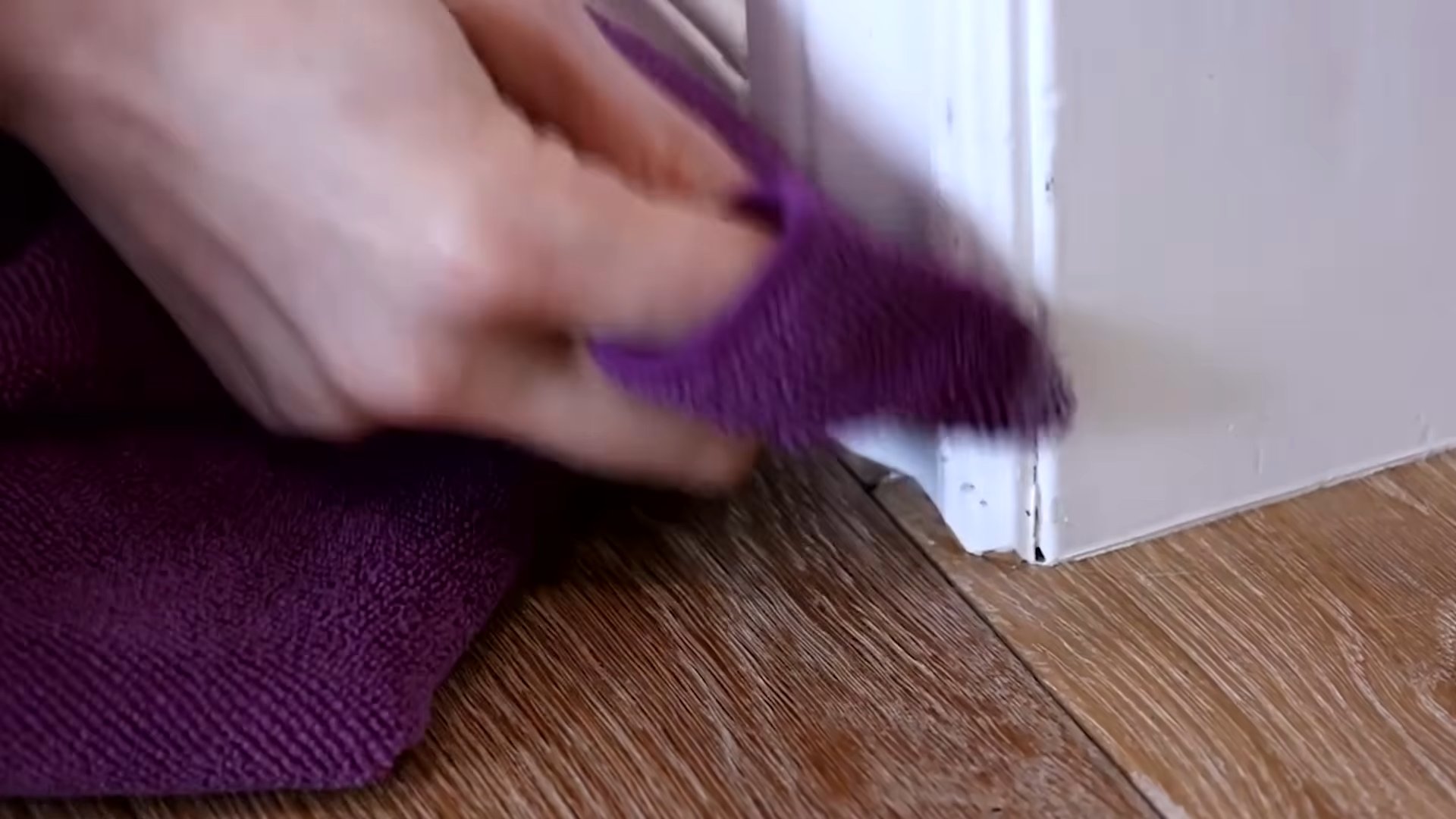
Conclusion
So, there you have it! Unlocking the power of baking soda to conquer grime is not just a cleaning hack; it’s a revelation. We’ve explored how this humble household staple can transform your cleaning routine, offering a safe, effective, and surprisingly versatile solution for tackling even the most stubborn messes. Forget harsh chemicals and expensive specialty cleaners – baking soda, with its gentle abrasive properties and natural deodorizing capabilities, is your new best friend in the fight against grime.
Why is this DIY trick a must-try? Because it’s simple, affordable, and eco-friendly. You likely already have baking soda in your pantry, saving you a trip to the store and reducing your reliance on potentially harmful chemicals. It’s a win-win for your home and the environment. Plus, the satisfaction of seeing grime disappear with minimal effort is incredibly rewarding.
But the beauty of this method lies in its adaptability. Feel free to experiment with variations to suit your specific needs. For instance, for extra-tough grime, create a paste of baking soda and a few drops of dish soap. The dish soap will help to break down grease, while the baking soda provides the scrubbing power. You can also add a few drops of your favorite essential oil for a pleasant scent. Lemon, tea tree, and lavender oils are all excellent choices for their antibacterial and antifungal properties.
Another variation involves using baking soda as a pre-treatment for heavily soiled items. Simply sprinkle baking soda directly onto the grime, let it sit for a few minutes to absorb the mess, and then wipe it away with a damp cloth. This is particularly effective for cleaning ovens, stovetops, and even grout.
For those tackling bathroom grime, consider combining baking soda with vinegar for a powerful fizzing action that loosens stubborn buildup. However, remember to use this combination with caution, as it can produce carbon dioxide gas. Always ensure proper ventilation and avoid using it in enclosed spaces.
We encourage you to embrace the power of baking soda and experience the difference it can make in your cleaning routine. It’s time to ditch the harsh chemicals and embrace a more natural and effective approach to tackling grime.
Don’t just take our word for it – try it yourself! We’re confident that you’ll be amazed by the results. And once you’ve experienced the grime-busting magic of baking soda, we want to hear all about it. Share your experiences, tips, and variations in the comments below. Let’s create a community of baking soda enthusiasts and revolutionize the way we clean our homes! Let us know what kind of grime you tackled and how the baking soda solution worked for you. Did you try any of the variations we suggested, or did you come up with your own unique twist? Your feedback is invaluable and will help others discover the full potential of this amazing cleaning agent.
Remember, a clean home is a happy home, and with the help of baking soda, achieving that clean home has never been easier or more affordable. So, go ahead, give it a try, and prepare to be amazed!
Frequently Asked Questions (FAQs)
What exactly *is* grime, and why is it so hard to clean?
Grime is a general term for accumulated dirt, grease, and other unwanted substances that cling to surfaces. Its tenacity stems from a combination of factors. Grease, being hydrophobic, repels water, making it difficult to dissolve and wash away. Dirt particles often become embedded in porous surfaces, making them resistant to simple wiping. Furthermore, the longer grime sits, the more it hardens and bonds to the surface, making it increasingly difficult to remove. This is where the abrasive and alkaline properties of baking soda come in handy.
How does baking soda actually work to remove grime?
Baking soda, or sodium bicarbonate, works through a combination of chemical and physical actions. Firstly, it’s a mild alkali, meaning it can react with acids found in grease and dirt, helping to neutralize them and make them easier to dissolve. Secondly, it has a slightly abrasive texture, which allows it to gently scrub away grime without scratching most surfaces. Finally, it’s a natural deodorizer, absorbing and neutralizing unpleasant odors often associated with grime buildup.
Is baking soda safe to use on all surfaces?
While baking soda is generally safe, it’s always a good idea to test it on an inconspicuous area first, especially on delicate or polished surfaces. Avoid using it on aluminum, as it can cause discoloration. For surfaces like marble or granite, use baking soda sparingly and with plenty of water, as prolonged exposure can potentially dull the finish. When in doubt, consult the manufacturer’s instructions for your specific surface.
Can I use baking soda to clean burnt food from pots and pans?
Absolutely! Baking soda is excellent for cleaning burnt food from pots and pans. Fill the pot or pan with water, add a few tablespoons of baking soda, and bring it to a boil. Let it simmer for 10-15 minutes, then remove from heat and let it cool. The burnt food should loosen, making it easier to scrub away. For stubborn cases, you can create a paste of baking soda and water and apply it directly to the burnt areas, letting it sit for a few hours or even overnight.
How often should I use baking soda to clean grime?
The frequency of cleaning with baking soda depends on the area and the level of grime buildup. For high-traffic areas like kitchens and bathrooms, weekly cleaning with baking soda can help prevent grime from accumulating. For less frequently used areas, monthly cleaning may suffice. Regularly using baking soda as part of your cleaning routine will make it easier to maintain a grime-free home.
What’s the best way to store baking soda?
Baking soda should be stored in an airtight container in a cool, dry place. This will prevent it from absorbing moisture and odors from the surrounding environment. Properly stored baking soda can last for several years.
Can I use baking soda to clean my oven?
Yes, baking soda is a fantastic natural oven cleaner. To clean your oven with baking soda, first, remove any loose debris. Then, make a paste of baking soda and water and spread it all over the interior surfaces of the oven, avoiding the heating elements. Let the paste sit overnight. The next day, wipe away the paste with a damp cloth. For stubborn areas, you can use a scraper or a sponge with a slightly abrasive surface.
Is there anything I *shouldn’t* mix with baking soda when cleaning?
While baking soda is generally safe to mix with many cleaning agents, avoid mixing it with strong acids like bleach. Mixing baking soda with bleach can create harmful chlorine gas, which is dangerous to inhale. Always err on the side of caution and avoid mixing baking soda with any cleaning agent unless you are certain it is safe to do so.
My drain is clogged. Can baking soda help?
Yes, baking soda can be a helpful first step in unclogging a drain. Pour about a cup of baking soda down the drain, followed by a cup of vinegar. Let the mixture fizz for about 30 minutes, then flush the drain with hot water. This can help to break down grease and other buildup that may be causing the clog. If the clog persists, you may need to use a plunger or call a plumber.
What are some other uses for baking soda besides cleaning grime?
Baking soda has a wide range of uses beyond cleaning grime. It can be used as a natural deodorizer for refrigerators, carpets, and shoes. It can also be used as a leavening agent in baking, a toothpaste alternative, and a remedy for heartburn. Its versatility makes it a valuable addition to any household.

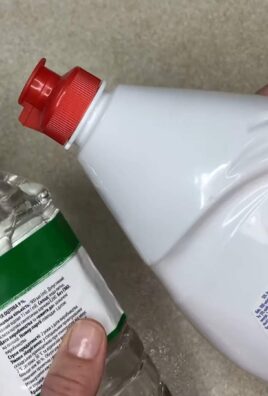
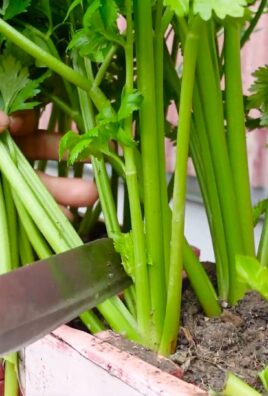
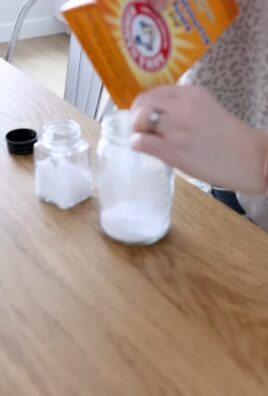
Leave a Comment